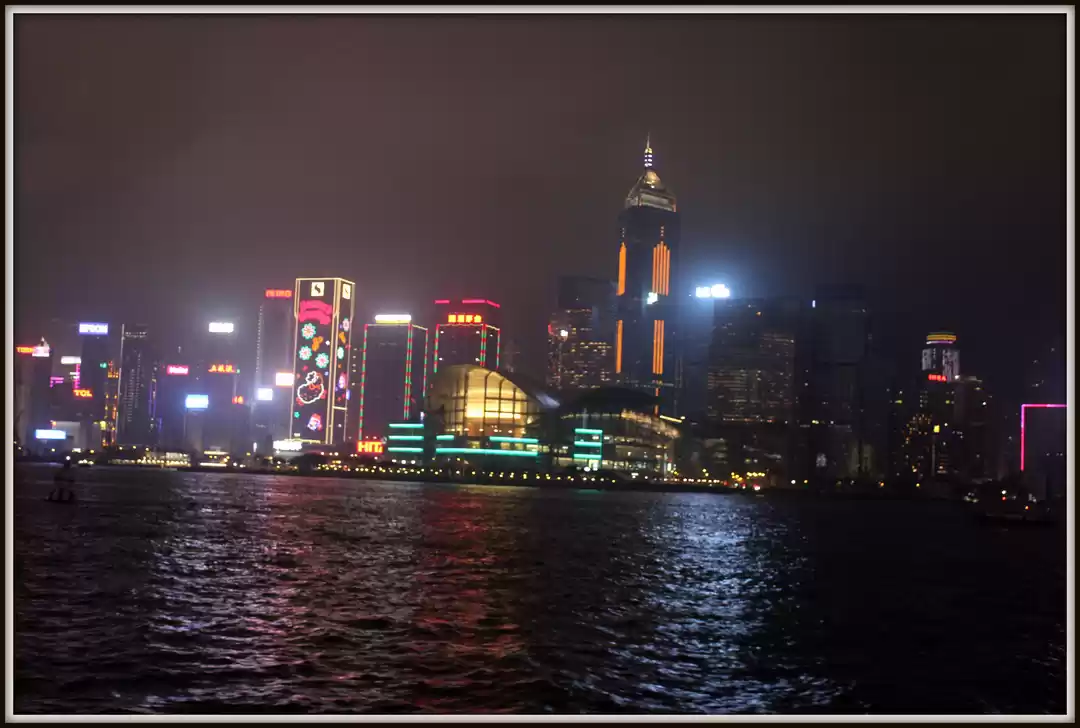After staying home for a couple of months, I finally traveled once again to Hong Kong, which has been disturbed for over six months now.
What brought a cheer to me was the fact that in the current tumultuous times also, there are still some places where life has not been affected so much, the Wet Markets, the traditional markets of South East Asian countries where both dead & live animals such as poultry, fish, reptiles, and pigs are sold along with vegetables and fresh fruit.
There are a many wet markets in Hong Kong, owned by property investment firms. The price of food therefore varies in different markets based on its location and current property rates.
The ground floors of the buildings have stalls which are rented out to the retailers which sell live fish, shellfish, and frogs. Some stalls are run by the butchers too, who sell fresh meat. Other sell fresh fruits and vegetables, separate from the meat, dried stuff, Tofu and flowers.
Most of the shoppers are older residents and domestic helpers or people from lower-income groups, who generally stay above the market.
Many customers like to see the animal alive before purchase to check its health and quality, an option not available supermarket, except in lobster or fish booths.
Most wet markets therefore have facilities for allowing a customer to choose a live animal, then either take it home as is or have it cut and cleaned. It is this reason that wet markets in Hong Kong, are quite popular tourist destinations. Among the major wet markets are on Graham Street, Chun Yeung Street in North Point and in Kowloon.





In 1920, the first wet market was set up in Reclamation Street which was later removed in 1953, due its structural problem.
Later in 1957, Yau Ma Tei Street was set up to replace the market on Reclamation Street. There were fixed-pitch stalls which sold vegetables, fruits, seafood, beef, pork, poultry, baby chickens, baby ducks, and three-striped box turtle as pets.
In 1842, on Queen's Road the Central Market was launched where people could find all kinds of meat, fruit and vegetables, poultry, salt fish, fresh fish, weighing rooms and money changers.
To understand day to day life in Hong Kong, do visit these wet markets.

























